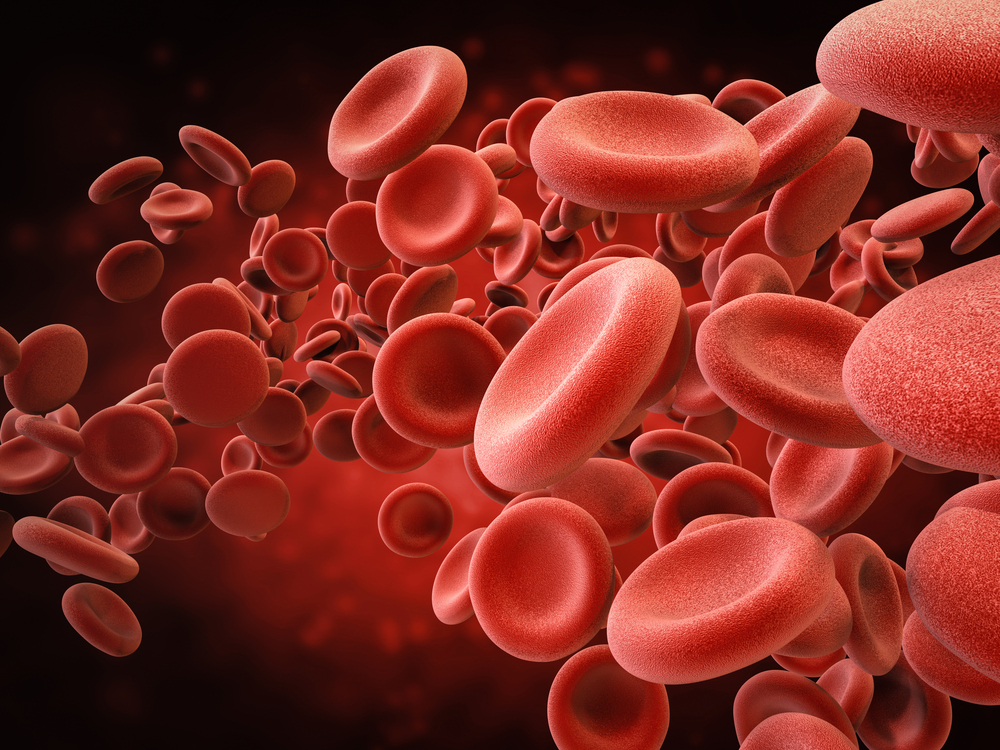Blood Iron and Copper Levels Abnormally Low in FA, Study Says

High uptake of iron and copper by cells, caused by an insufficiency of frataxin — the protein lacking in Friedreich’s ataxia (FA) — leads to a decrease in the levels of these trace metals in the blood, a study shows. The researchers say this finding may have application in future clinical trials.
The findings of the study, “Assessment of cell-free levels of iron and copper in patients with Friedreich’s ataxia,” were published in BioMetals.
FA is a rare, genetic, progressive disease that affects the nerves and muscles. The disease is caused by the repetition of three nucleotides — the building blocks of DNA — specifically, one guanine (G) and two adenines (A), in the first intron of the FXN gene. An intron is a region of the gene that does not encode for a protein.
This leads to a significant decrease in the levels of frataxin, a protein involved in iron metabolism that is encoded by the FXN gene. That deficiency, in turn, leads to the accumulation of iron deposits inside cells of the heart and brain.
“Although role of iron in neurodegeneration is an unequivocally accepted fact however, the accumulation of another trace element, copper in the neuronal and cardiac cells has been reported in FA patients suggesting its possible role in the FA pathogenesis [disease development],” the investigators said.
The Friedreich’s Ataxia News forums are a place to connect with other patients, share tips and talk about the latest research. Check them out today!
Given that iron and copper levels are abnormally high inside cells of FA patients, the researchers hypothesized that the levels of these same trace metals found outside the cells — in the blood — also were likely to be abnormal.
To test this hypothesis, a team from the All India Institute of Medical Sciences (AIIMS) in New Delhi examined the levels of these trace metals in the plasma of FA patients. The researchers measured the iron and copper levels in the plasma of 25 patients who had a confirmed genetic diagnosis of FA, and compared them with those of 25 age- and sex-matched healthy individuals (controls).
Results showed the mean levels of iron found in the plasma of FA patients were significantly lower than in the healthy individuals (6.2 µmol/L versus 15.2 µmol/L). Likewise, the mean levels of copper were significantly decreased among FA patients, compared with controls (8.15 µmol/L versus 17.5 µmol/L).
“Present results clearly prove abnormal distribution of extra-cellular [outside cells] iron in FA patients, which is in accordance with the well established fact of intracellular [inside cells] iron overload, which is the key feature of the pathogenesis of this disease,” the researchers said.
“It appears that intracellular sequestration of trace metals in FRDA patients (due to low frataxin) results in their sub-optimal levels in blood plasma (extra-cellular) an observation that can find prognostic application in clinical trials, particularly in iron-chelated drugs [medications that bind and sequestrate iron],” they added.






